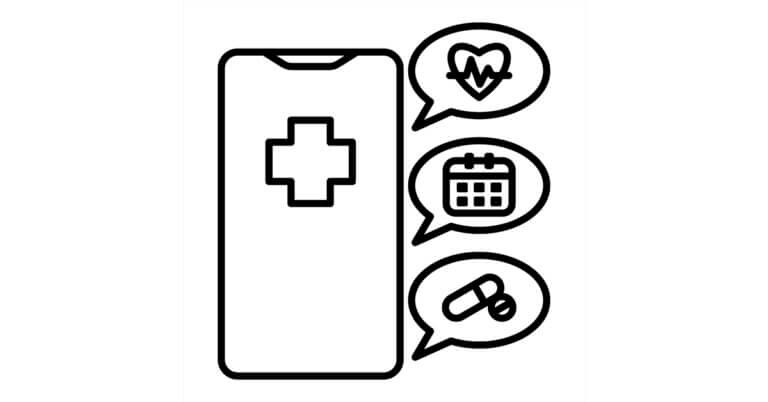January 12, 2016

Manipulating Demand: Paying Patients for Lower-Cost Care
Market Corner Commentary for January 13, 2016-Manipulating Demand: Paying Patients for Lower-Cost Care
In October, Planet Money aired a podcast with the intriguing title “Pay Patients, Save Money.” Their report featured SmartShopper, a small New Hampshire-based company that pays customers for receiving care at lower-cost treatment centers. Customers love the service. Business is growing.
Companies like SmartShopper exploit the large price gaps that exist between high-cost and low-cost service providers. For example, blood tests cost multiple times more in a hospital than in a retail clinic. The wider the price gap, the easier it is for SmartShopper to entice patients to receive their care in low-price venues.
Why does this occur? Healthcare operates within an artificial economic system where providers execute transactions with limited patient/customer input and receive cost-based reimbursement from third parties (e.g. Medicare, commercial health insurers). This payment system leads to widespread pricing variation even for routine procedures with no discernable differences in outcomes or quality measures. Treatment payments reflect reimbursable costs, not market “value.”
Doctors, hospitals, drug companies, medical device manufacturers and patients themselves have resisted previous efforts to redirect care to lower-cost facilities. Will direct payments to patients become the mechanisms that fundamentally shifts healthcare service provision toward lower-cost, higher-value providers? Maybe so.
Smarter Medical Shopping
Former Anthem executive Rob Graybill helped found SmartShopper in 2010. According to Graybill, fewer than two percent of Anthem’s subscribers use website transparency tools to make smarter medical purchasing decisions. Graybill thought there must be a better way. SmartShopper provides treatment prices, provider ratings and cash incentives to customers who choose lower-cost centers for dozens of routine procedures – everything from blood tests ($25 cash incentive) to bariatric surgery ($500 cash incentive).
New Jersey-based Vitals bought SmartShopper in October 2014 with plans to expand its platform nationwide. Vitals’ 2015 Book of Business Report documents that over 16,000 customers used the SmartShopper service in 2014. $1.3 million in cash incentives saved almost $11 million in procedure costs. That’s quite a payback. The average incentive payment was $83.46.
SmartShopper is not alone in giving cash incentives to reward customers for lower-cost care. Chicago-based HealthEngine contracts with self-insured employers to offer their employees “quality and price information for more than 1.2 million physician and facility providers for hundreds of the most common medical and diagnostic procedures.” The HealthEngine portal and concierge service combine all necessary treatments into “all-in-one clinical case bundles,” that enable members to navigate their care experience with ease.
HealthEngine is more aggressive than SmartShopper in granting cash incentives to individual members/patients. They pay members up to sixty percent of the savings between reimbursed costs and the actual costs. Employers and HealthEngine share the remaining savings.
Imagine the potential disruption to healthcare delivery models if incentive-based payments drive meaningful volume to lower-cost treatment venues
A is for Autonomy
Narrow networks, higher deductibles, higher co-pays and fixed-price reimbursement (i.e. reference pricing) are among the strategies payors use to guide patients to lower-cost treatment centers. The theory is that consumers at greater financial risk (i.e. “skin in the game”) will choose more cost-effective care alternatives. This can work, but it creates consumer backlash. Americans don’t like being told they cannot pursue their preferred care alternatives. They want more, not less, control of their medical decision-making.
Rewarding cost-conscious behaviors transfers control for medical decision-making to consumers. They evaluate care alternatives, determine cost-benefit trade-offs and make value-based decisions. The financial benefit to payors from forced and engaged choices is equivalent. Each approach generates savings. From a consumer relations perspective, however, it is light-years better to achieve savings with honey than castor oil.
The Planet Money podcast describes how SmartShopper delights a group of rural New Hampshire women. They pool their cash incentives for annual mammograms to rent a limousine, travel for their procedures, do some shopping and share a gourmet meal before returning home. They break-even on the trip, have a blast together and can’t wait to do it again next year. Who says healthcare can’t be fun!
Behavioral science teaches that having a sense of personal autonomy augments personal happiness and makes people more productive. The “pictures in consumers’ heads” shape purchasing decisions. As American healthcare becomes more consumer-oriented, customer preferences will play a larger role in medical decision-making. Service offerings that understanding and cater to consumer preferences will attract more customers.
T is for Transparency
Pricing information for routine care is readily available. Google “MRI in Cleveland” and New Choice Health provides a list of fourteen MRI procedures with price ranges and links to receive free quotes from competing providers. The site also provides significant educational information regarding the procedure, its science, potential side effects and what to expect before, during and after the procedure. They do this for over fifty categories of procedures. Their tag line is “Get Informed. Make a Choice. Save Money.”
With strong investor-backing, Smart Choice MRI is expanding from Wisconsin into the Chicago marketplace. They charge a $600 flat rate for MRIs read the same day by Cleveland Clinic radiologists. According to their website, equivalent hospital-based MRIs average just under $3,000. The company believes increased consumer payment for medical services will lead customers to their centers. Look for SmartShopper to add Smart Choice MRI to their Chicago provider network.
C is for Competition
Technology makes it easy for consumers to compare prices and quality metrics. Every treatment, doctor and hospital will have rankings, performance scores and quality measures. When the certainty of a positive outcome is high, consumer perceptions of quality shift to price, convenience and customer experience. Is it really surprising that New Hampshire consumers choose treatments at free-standing clinics with cash payments, limousines and free dinners over more expensive and less convenient hospital-based treatments?
The wider the gap between reimbursement payments and market prices, the easier it becomes for independent companies, like SmartShopper and HealthEngine, to disintermediate higher-cost incumbents.
With greater transparency, expect routine treatment prices to coalesce at lower price points. The oversupply of healthcare facilities (Boston has more MRIs than Canada) will accelerate movement to commodity prices for routine treatments as providers compete the “old-fashioned way” to maintain market share
Water, Water Everywhere! But Not a Drop to Drink
None of this is good news for incumbents relying on fee-for-service payments. Many, perhaps most, hospitals will struggle to align their treatment offerings, cost structures and operations to commodity pricing and consumer-led service demands.
It’s ironic that the operating models that have enabled incumbents to prosper for decades have become albatrosses. Like the ancient mariner in Samuel Coleridge’s famous poem, incumbents cannot remove the albatrosses from their necks until they acknowledge the awful beauty of bottom-up, value-based, market-driven transformation.
A version of this commentary appeared in “Academy 360” on January 7th





